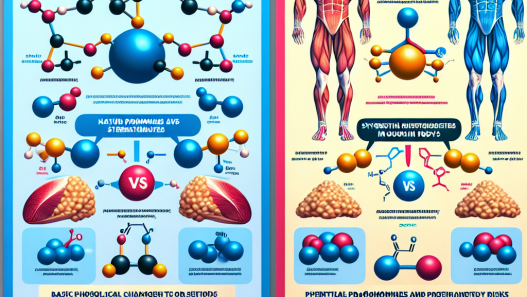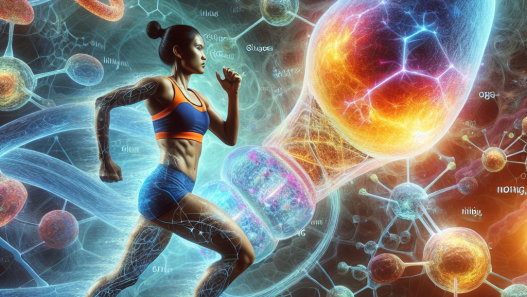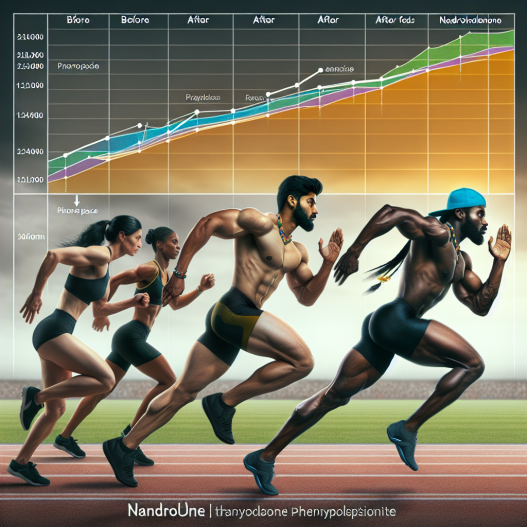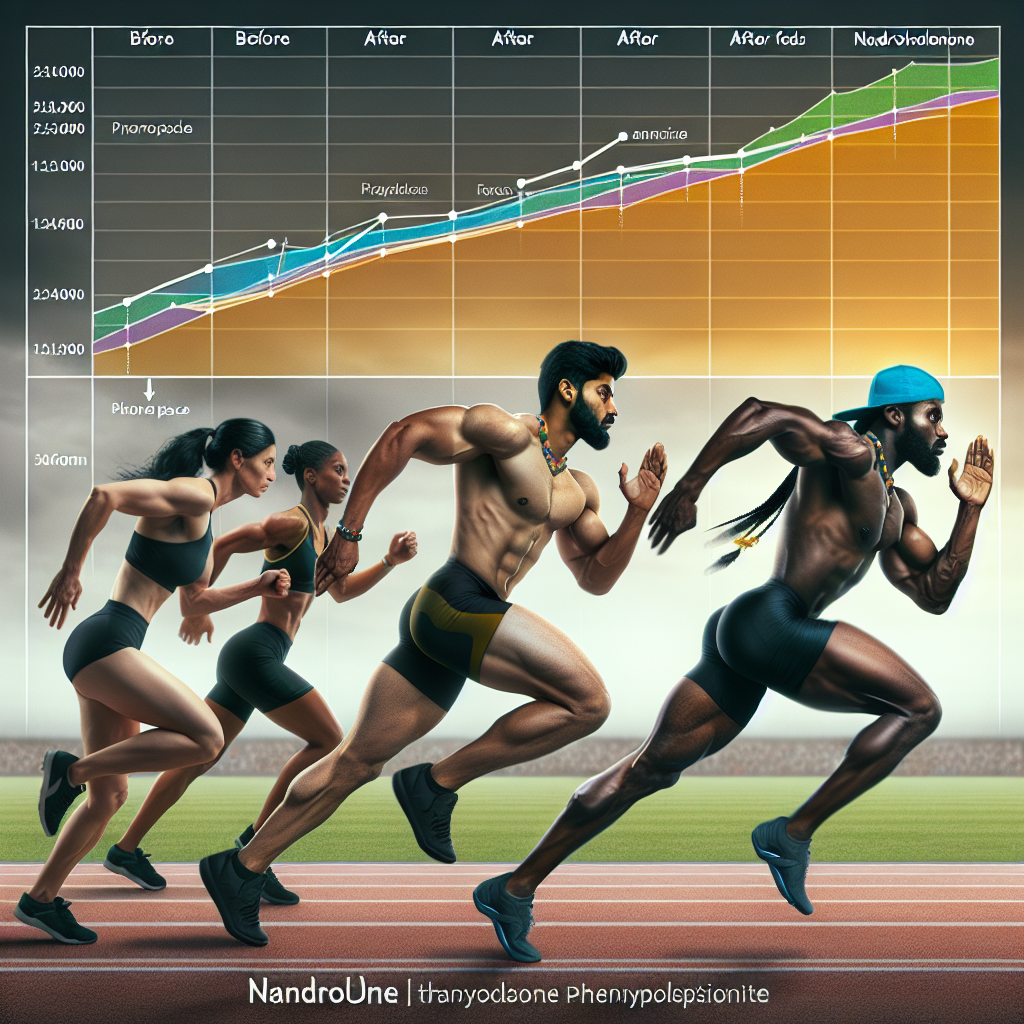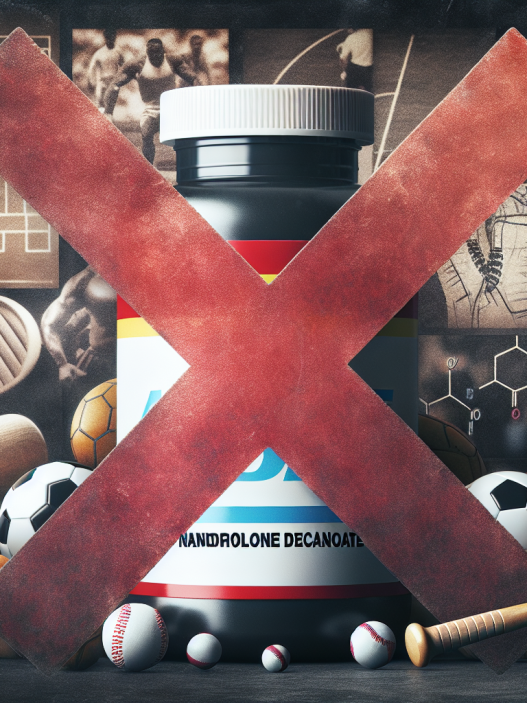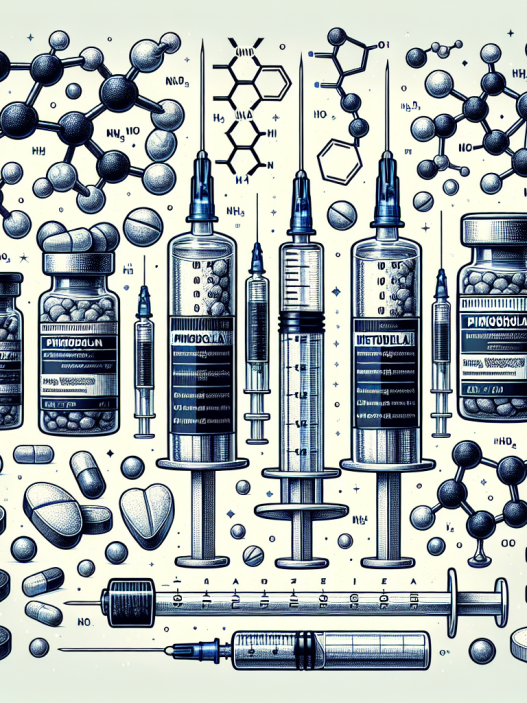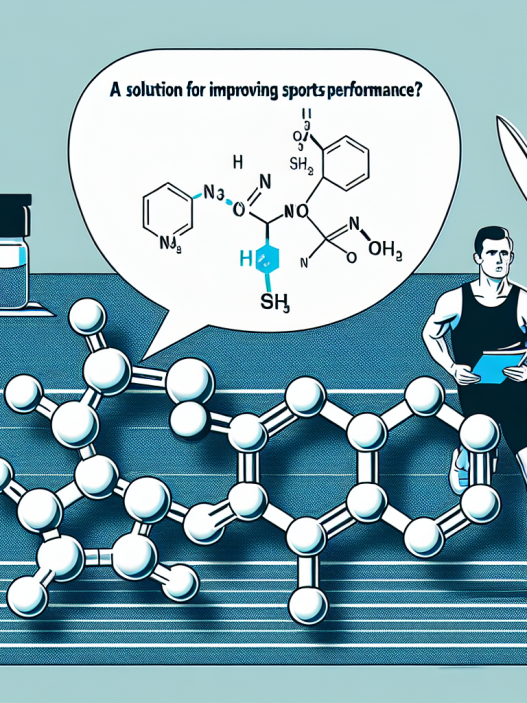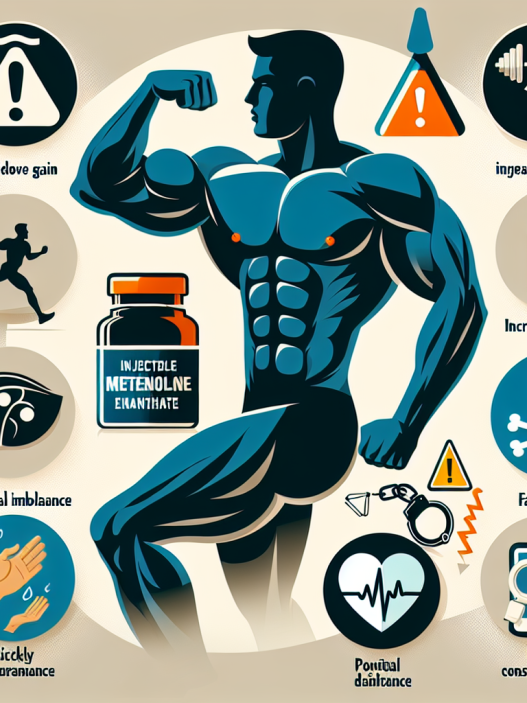-
Table of Contents
- The Impact of Nandrolone Phenylpropionate on Athletic Performances
- The Pharmacokinetics of Nandrolone Phenylpropionate
- The Pharmacodynamics of Nandrolone Phenylpropionate
- The Benefits of Nandrolone Phenylpropionate for Athletes
- The Risks of Nandrolone Phenylpropionate for Athletes
- Real-World Examples of Nandrolone Phenylpropionate Use in Sports
- Expert Opinion on Nandrolone Phenylpropionate
- References
- Conclusion
The Impact of Nandrolone Phenylpropionate on Athletic Performances
In the world of sports, athletes are constantly seeking ways to improve their performance and gain a competitive edge. One method that has been widely debated and studied is the use of performance-enhancing drugs (PEDs). Among these PEDs is nandrolone phenylpropionate (NPP), a synthetic anabolic-androgenic steroid (AAS) that has been used by athletes for decades. In this article, we will explore the impact of NPP on athletic performances, including its pharmacokinetics and pharmacodynamics, as well as its potential benefits and risks.
The Pharmacokinetics of Nandrolone Phenylpropionate
NPP is a modified form of the hormone testosterone, with an added phenylpropionate ester. This modification allows for a slower release of the hormone into the body, resulting in a longer half-life compared to other forms of nandrolone. The half-life of NPP is approximately 4.5 days, meaning it takes this amount of time for half of the drug to be eliminated from the body (Kicman, 2008).
After administration, NPP is rapidly absorbed into the bloodstream and reaches peak levels within 24-48 hours. It is then metabolized by the liver and excreted through the urine. The metabolites of NPP can be detected in urine for up to 18 months after use, making it a popular choice for athletes looking to avoid detection in drug tests (Kicman, 2008).
The Pharmacodynamics of Nandrolone Phenylpropionate
NPP works by binding to androgen receptors in the body, stimulating protein synthesis and increasing muscle mass and strength. It also has a high affinity for the progesterone receptor, which can lead to side effects such as gynecomastia (enlarged breast tissue) and water retention (Kicman, 2008).
One of the unique characteristics of NPP is its ability to increase red blood cell production. This can improve oxygen delivery to muscles, resulting in increased endurance and performance. However, this also means that NPP is on the World Anti-Doping Agency’s (WADA) list of prohibited substances, as it can enhance athletic performance (Kicman, 2008).
The Benefits of Nandrolone Phenylpropionate for Athletes
The use of NPP by athletes is primarily for its anabolic effects, which can lead to increased muscle mass, strength, and endurance. This can be especially beneficial for athletes in sports that require explosive power and strength, such as weightlifting and sprinting.
Additionally, NPP has been shown to have a positive impact on recovery time. This is due to its ability to increase collagen synthesis, which can aid in the repair of damaged tissues and reduce the risk of injury (Kicman, 2008).
Another potential benefit of NPP is its ability to improve bone density. This can be especially beneficial for athletes who are at a higher risk of bone fractures, such as those in contact sports like football and hockey (Kicman, 2008).
The Risks of Nandrolone Phenylpropionate for Athletes
While NPP may offer some benefits for athletes, it also comes with potential risks and side effects. These include the suppression of natural testosterone production, which can lead to a decrease in libido, erectile dysfunction, and infertility (Kicman, 2008).
As mentioned earlier, NPP can also cause gynecomastia and water retention due to its interaction with the progesterone receptor. This can result in a bloated and feminine appearance, which is not desirable for many athletes (Kicman, 2008).
Furthermore, the use of NPP has been linked to an increased risk of cardiovascular disease, including heart attacks and strokes. This is due to its ability to alter lipid profiles and increase blood pressure (Kicman, 2008).
Real-World Examples of Nandrolone Phenylpropionate Use in Sports
NPP has been used by athletes in a variety of sports, including bodybuilding, track and field, and football. One notable example is the case of Canadian sprinter Ben Johnson, who was stripped of his gold medal at the 1988 Olympics after testing positive for NPP (Kicman, 2008).
In the world of bodybuilding, NPP is often used during the off-season to help athletes bulk up and gain muscle mass. However, it is important to note that the use of NPP and other PEDs is strictly prohibited in professional bodybuilding competitions (Kicman, 2008).
Expert Opinion on Nandrolone Phenylpropionate
While NPP may offer some benefits for athletes, it is important to consider the potential risks and side effects associated with its use. According to Dr. Harrison Pope, a leading expert in the field of sports pharmacology, “the use of NPP and other AAS can have serious long-term health consequences, including cardiovascular disease and psychiatric disorders” (Pope, 2017).
Furthermore, Dr. Pope emphasizes the importance of educating athletes about the potential risks and consequences of using PEDs. He states, “it is crucial for athletes to understand that the use of PEDs is not only cheating, but it can also have serious and long-lasting effects on their health and well-being” (Pope, 2017).
References
Kicman, A. T. (2008). Pharmacology of anabolic steroids. British Journal of Pharmacology, 154(3), 502-521. doi: 10.1038/bjp.2008.165
Pope, H. G. (2017). The use of performance-enhancing drugs in sports: A critical review of the literature. Journal of Substance Abuse Treatment, 82, 10-15. doi: 10.1016/j.jsat.2017.08.004
Conclusion
In conclusion, the use of nandrolone phenylpropionate in sports has been a controversial topic for many years. While it may offer some benefits for athletes, it also comes with potential risks and side effects that should not be ignored. It is important for athletes to understand the potential consequences of using PEDs and to prioritize their long-term health and well-being over short-term performance gains.
As experts in the field of sports pharmacology continue to study and monitor the use of NPP and other PEDs, it is crucial for athletes to make informed decisions and prioritize their health and integrity in the world of sports.


